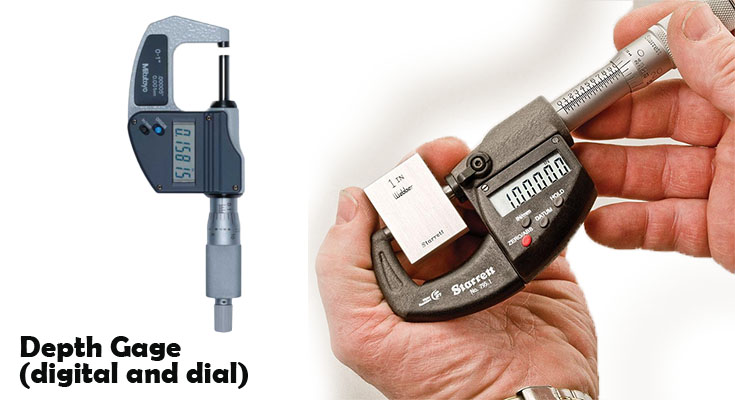If your gages haven’t been reading properly through intense usage, they’re probably in need of calibration. Here are some tips to ensure your time in the shop or the field is utilized best.
Why Do Gages Drift?
There’s a variety of common issues with gages that often have simple solutions. Most gages have been:
- Used in inclement weather: weather damage is common with gages. They’ll freeze up or even melt some of the internal functionalities of your gage, which massively impacts accuracy.
- Shock or collision: collisions and any kind of forceful contact to gages will also lead them to read wrong.
- Shifts in usage: whether or not the gage is used in a closed environment or out in the field will also impact its accuracy. You should attempt to keep systems and equipment within a controlled space as consistently as possible. Otherwise, more variables will modify your results, regardless of whether they are positive or negative.
How does calibration drift impact accuracy?
Accuracy on your gages will be heavily diminished if excessive drift is sustained and not amended. Since your machines will not be reading correctly, you can expect that the rest of your equipment will suffer. Heavier pressures, larger weights, all will be treated with less accuracy and cause damage. Catching these issues early on is your best route to avoid long-term damage being sustained in your equipment. To keep an eye out for new calibration being necessary, take a look at:
Readings and their consistencies: if you have two similar sets of items across multiple months, how do their readings compare? Are they loosely similar, or do you see significant variation? Whenever this variation is acknowledged, you can expect calibration to be necessary.
Damage to equipment sustained: whenever equipment is damaged in another area, there’s the likelihood that the rest of your equipment was affected as well. Whether that be inaccurate readings causing more pressure, or excess weight being added, you’ll need to be on the lookout for these issues as they come up.
Compare between two units: if possible, cross-checking between two gages is a simple solution to quickly identify a problem. If you have two sets of equipment ready, compare results between the two and use them as a secondary metric to use when considering your results.
Why is Gage Accuracy Important?
Without highly accurate results, you consistently will lose money. This can be in the form of discrepancies causing inaccurate payments, or equipment faltering and needing repair as a result.
In either case, you need to dedicate time to keeping your systems running optimally. Luckily, professional services from Precision Scales Inc. are available to you.
Give us a call today to learn more about our gage calibration services. We’ll assess your units and give you the right course of action on how to improve the accuracy of your systems best. This will save you a great deal of money in the long haul, which will allow you to put those necessary resources elsewhere. We’re looking forward to getting in touch with you soon!





